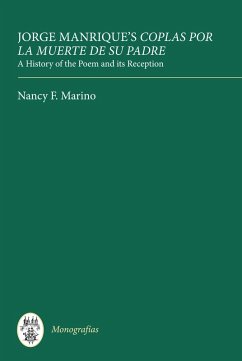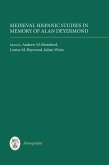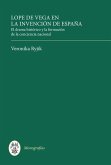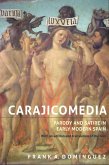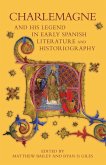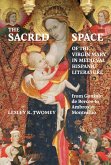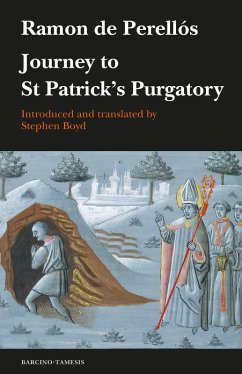A thorough examination of the making of, transmission, and scholarly engagement with one of the most famous poems in the Spanish language.
Completed shortly before Jorge Manrique's death in 1479, the Coplas por la muerte de su padre is arguably the most famous poem in the Spanish language. Since its first circulation in the same era, the text has occupied a prominent place in the Spanish literary tradition, becoming, along with its author, a cultural icon. This book explores the ways in which successive generations of readers and scholars have engaged with the poem. It also contextualizes the Coplas, Manrique's life, and his enduring reputation.
The book is divided into four chapters. The first provides information about the historical setting of the Coplas and its earliest transmission. A chronological survey of the poem's reception comprises chapter 2 (the Renaissance and Baroque eras) and chapter 3 (literary reception in the eighteenth to twenty-first centuries). Chapter 4, "Shifting Literary Perspectives", examines how different perceptions of the meaning and form of the text have changed over the centuries, and the way in which translations have also revealed a variety of interpretations and transformations.
Nancy Marino is Professor of Spanish, Adjunct Professor of History, and Consultant to the Vice President for Research at Michigan State University.
Completed shortly before Jorge Manrique's death in 1479, the Coplas por la muerte de su padre is arguably the most famous poem in the Spanish language. Since its first circulation in the same era, the text has occupied a prominent place in the Spanish literary tradition, becoming, along with its author, a cultural icon. This book explores the ways in which successive generations of readers and scholars have engaged with the poem. It also contextualizes the Coplas, Manrique's life, and his enduring reputation.
The book is divided into four chapters. The first provides information about the historical setting of the Coplas and its earliest transmission. A chronological survey of the poem's reception comprises chapter 2 (the Renaissance and Baroque eras) and chapter 3 (literary reception in the eighteenth to twenty-first centuries). Chapter 4, "Shifting Literary Perspectives", examines how different perceptions of the meaning and form of the text have changed over the centuries, and the way in which translations have also revealed a variety of interpretations and transformations.
Nancy Marino is Professor of Spanish, Adjunct Professor of History, and Consultant to the Vice President for Research at Michigan State University.
Dieser Download kann aus rechtlichen Gründen nur mit Rechnungsadresse in A, D ausgeliefert werden.

